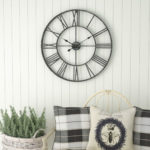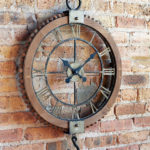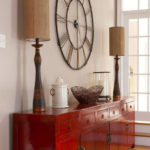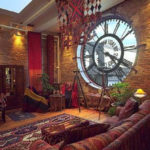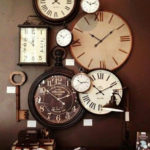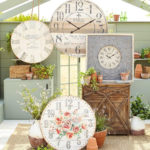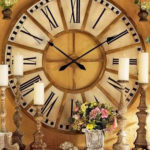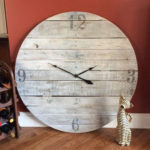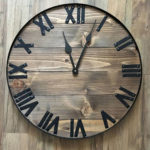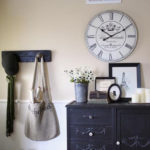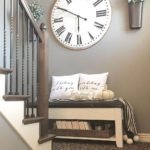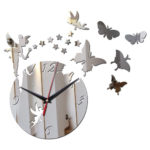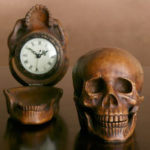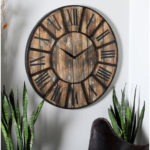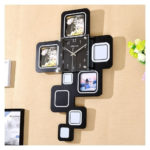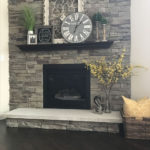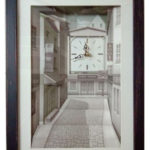I was always fascinated by time. Everything we do is governed by time.
It’s time to go to work.
It’s time to read a new book.
It’s time to leave for vacation – that’s my favourite.
We check the time to see if we are late for that special meeting or we slow down because we have plenty of time to attend the seminary.
We live and act in a timely manner.
On the other hand, we can’t turn back time. Once it’s gone, it’s gone – it becomes “the past”. So we should try and make the most out of the present moment because soon it will be history.
It would be nice to know how all this time keeping started and how it evolved through the ages.
Too bad I cannot load the pictures – they were nice and would have made the reading a lot easier.
Oh well, it all started a long time ago. And by that I mean a very long time ago. At the beginning people used the sun to measure the time – it was either “day” or “night”. They noticed that the Sun rose in the East and set in the West. They also noticed that during the day their shaddows changed in length. Early in the day and late in the afternoon their shaddows were very long. They became gradually shorter as the sun rose in the sky and they were almost gone at midday, when the sun was directly overhead.
Based on this observation, around 3500 B.C. the Egyptians started to build monumentally decorated, four sided stone structures called obelisks.
They placed them in public places – like city centers – and used their shaddows to measure the time. It was either morning, midday or afternoon. They marked the ground around the obelisk to get a “more accurate” measurement. The movement of the shadow from one marker to the next was one hour. Egyptians divided the time between sunrise and sunset in 12 hours – regardless of the season. For them, a summer hour was longer than a winter one.
Later, around 1500 B.C., the Egyptians began to build sundials. They worked the same way as obelisks, but were a lot smaller. A sundial is a circular plate with lines to mark the hour and a pointer that sticks up from the plate. The pointer’s shadow was used to measure the time.
But, unfortunately, the obelisks and the sundials only worked on sunny days. People started thinking to create another means for time measuring, something that would work all the time, regardless of weather or luminosity.
The Egyptian started to use water clocks around the same time with the sundials. They poured water into a vessel which had a hole at the bottom. The time was measured by the amount of water dripping out. Or, another version of the same principle was to place a metal bowl with a hole in the bottom in a big container filled with water. The water would start filling the bowl and it would sink it in a specific amount of time.
The Greeks called them “Clepsydra” – which translates as “water thief”. It is believed that clepsydras were introduced from Egypt into Greece and, later, from there into Rome.
An improved version of the water clock – more elaborate and impressive mechanized – was developed by Greek and Roman horologists and astronomers around 325 B.C. This version had a face with a hand that pointed the hour as the water level changed.
Sometime after 100 B.C., a Greek astronomer – Andronikos – built a stone water clock in the Athens marketplace. His water tower – known today as the Tower of the Winds – showed the time with both sundials and mechanical hour indicators. It also displayed the seasons of the year and astrological dates and periods.
Another famous water clock was built in China by Su Sung in 1088 A.D. It was a tower over 30 feet tall and incorporated a few mechanisms. It had five front panels with doors that opened to show mechanical figurines that rang bells and held tablets indicating the hour.
OK, now it’s about time to finish this article. You can take a break – if you didn’t fall asleep already – and by the time you come back, I’ll have the last few paragraphs ready for you. I know I said it’s time to finish it, but I have to tell you something about the sand clocks and the candle and incense clocks and we are through with the ancient clocks.
Next time we’ll tackle the mechanical clocks – which are a lot of fun too. And the article will be a lot shorter, I promise.
The sand clock was another ancient type of clock – also known as the sandglass or hourglass. Dry particles flow from one cuplike end of a glass vessel to the other through a tiny passage. Once all the sand moved from the upper bubble to the lower one, the sand clock could be turned.
Candle clocks were used by different people to measure time. They were placed inside of vessels to avoid the air currents which would affect how quickly the candle burned. The candles were marked on the outside with evenly spaced lines. As the burning candle reached a line, an identified period of time has passed.
In China and Japan people used incense clocks as time keeping devices. An incense clock consists of an incense stick placed inside of an animal shaped tray – a dragon, for example. Threads with weights or bells on either end were hung over the incense stick at desired intervals. As the incense burned, the threads burned one by one and the weights dropped onto a sounding plate or pan below, marking the passage of time.
This being said, I finish here and I hope that you will find all these info easy to digest and useful.
And, in the future, if you are looking to kill some time, check my other articles about mechanical clocks, quartz clocks and atomic clocks. Or the one about learning to have a good time. After all, everything is about time….
Disclaimer -Everything written in this article is the result of a lot of time spent reading about clocks. This article is the new born of my brain cramps trying to figure out the best way to promote my web site.


